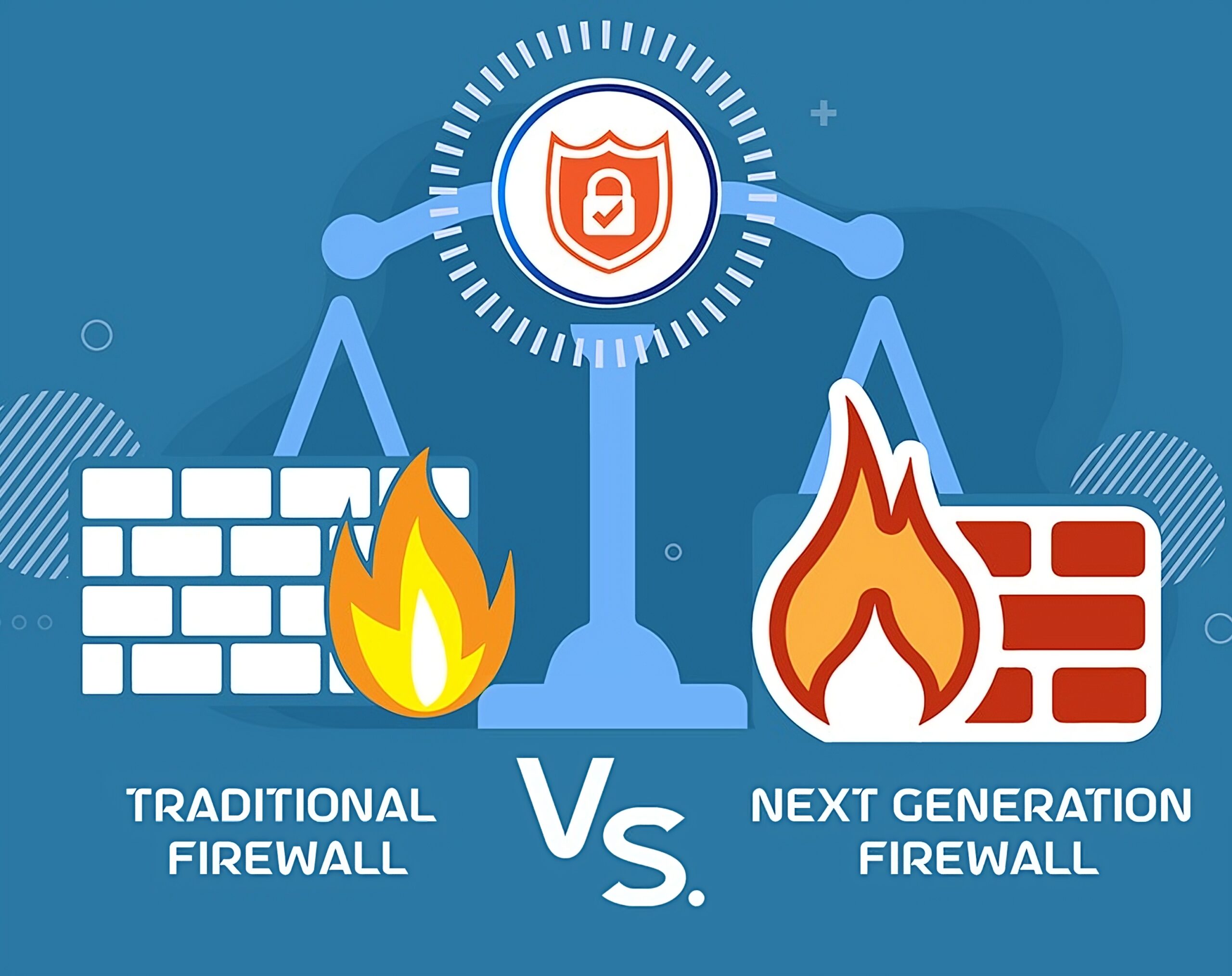USB, or Universal Serial Bus, is a popular technology that is used to connect devices to computers. USB is known for its convenience and versatility, as it allows users to connect a wide range of devices to their computers with a single standardized connector. In this essay, we will explore the history of USB, from its origins to its current uses.
The first USB specification was introduced in 1996 by a group of seven companies: Compaq, DEC, IBM, Intel, Microsoft, NEC, and Nortel. Their goal was to create a standardized interface that could be used across a wide range of devices, including keyboards, mice, printers, and storage devices. The first USB standard, USB 1.0, was released in 1996, and it had a maximum data transfer rate of 12 megabits per second.
The release of USB 1.0 marked a significant improvement over the previous standard, which was known as the serial port. The serial port was a slow, unreliable interface that was used to connect devices such as modems and printers to computers. USB, on the other hand, was faster, more reliable, and more versatile than the serial port, making it an instant success.
Over the years, USB has evolved and improved. In 2000, USB 2.0 was released, which had a maximum data transfer rate of 480 megabits per second. This was a significant improvement over USB 1.0 and allowed for faster data transfer between devices. USB 2.0 also introduced support for high-speed devices such as digital cameras and external hard drives.
In 2008, USB 3.0 was released, which had a maximum data transfer rate of 5 gigabits per second. USB 3.0 was a significant improvement over USB 2.0 and allowed for even faster data transfer between devices. USB 3.0 also introduced support for new features such as dual-bus architecture, which allowed for simultaneous communication between USB 2.0 and USB 3.0 devices.
Today, USB is an essential technology that is used in a wide range of devices, including smartphones, tablets, laptops, and desktop computers. USB is also used in a variety of other devices, such as printers, cameras, and game consoles. The latest version of USB, USB 4.0, was released in 2019 and has a maximum data transfer rate of 40 gigabits per second.
In conclusion, USB has come a long way since its inception in 1996. Over the years, USB has evolved and improved, becoming faster, more reliable, and more versatile. Today, USB is an essential technology that is used in a wide range of devices, and it is likely to remain a key technology in the years to come.



